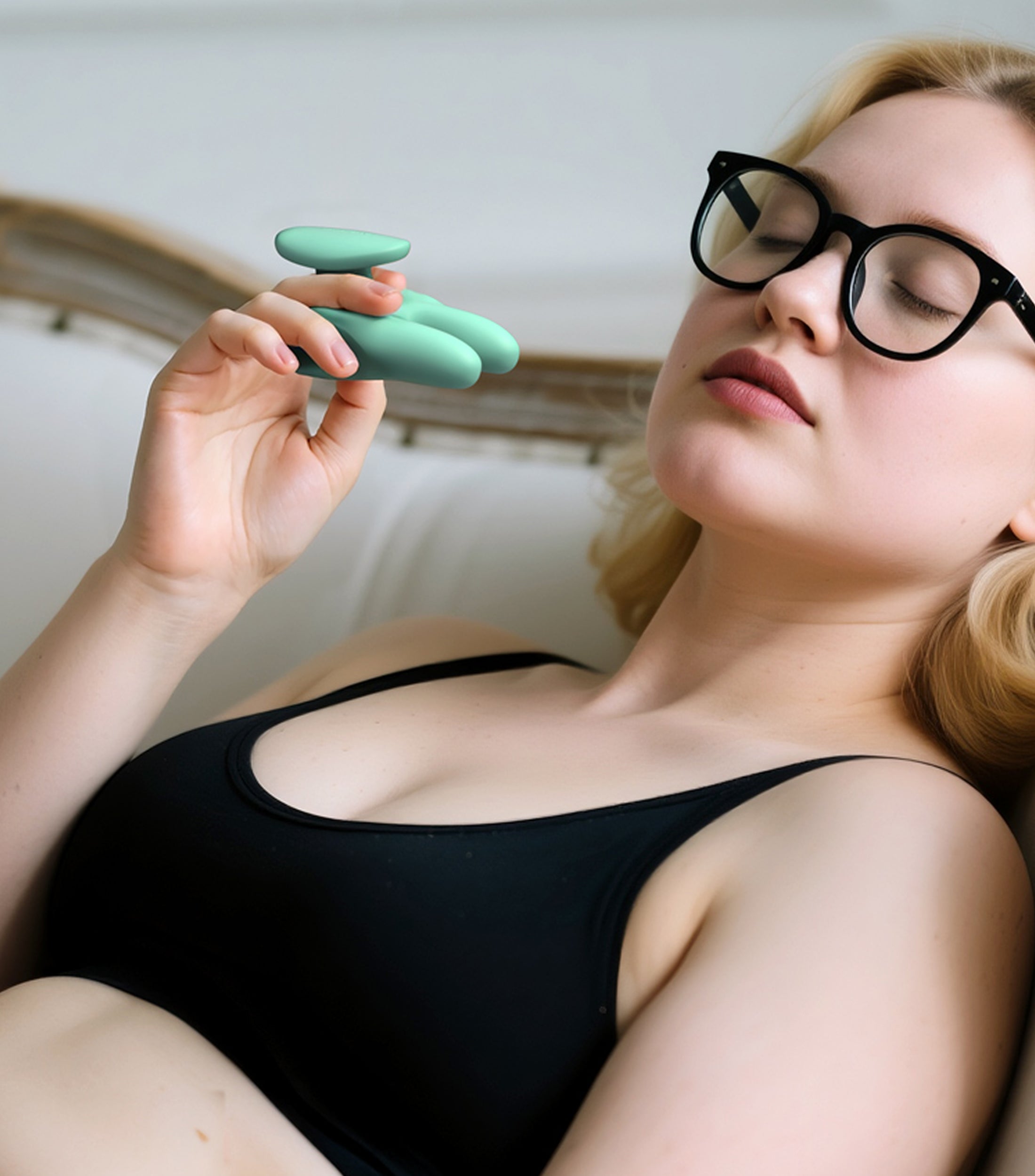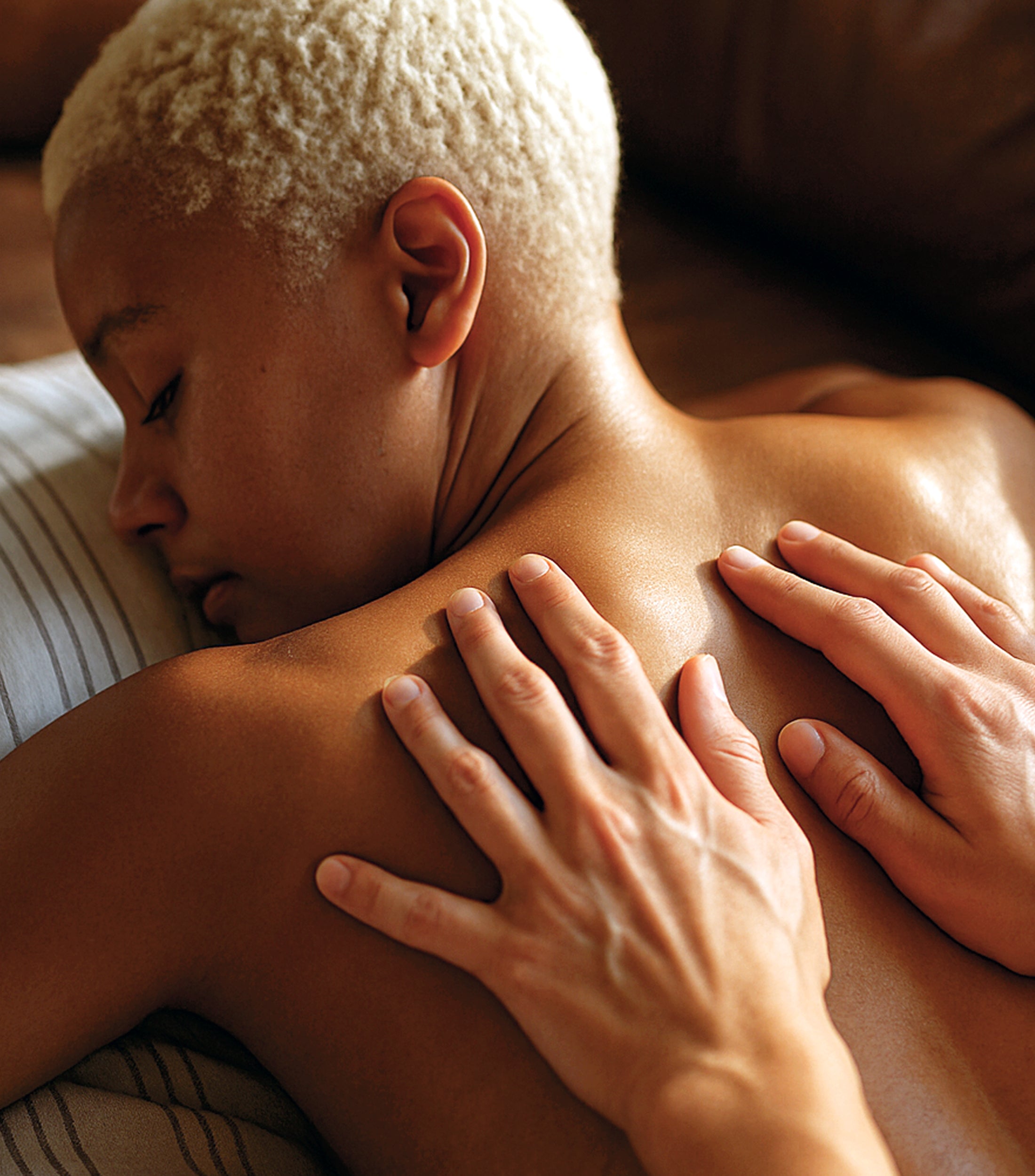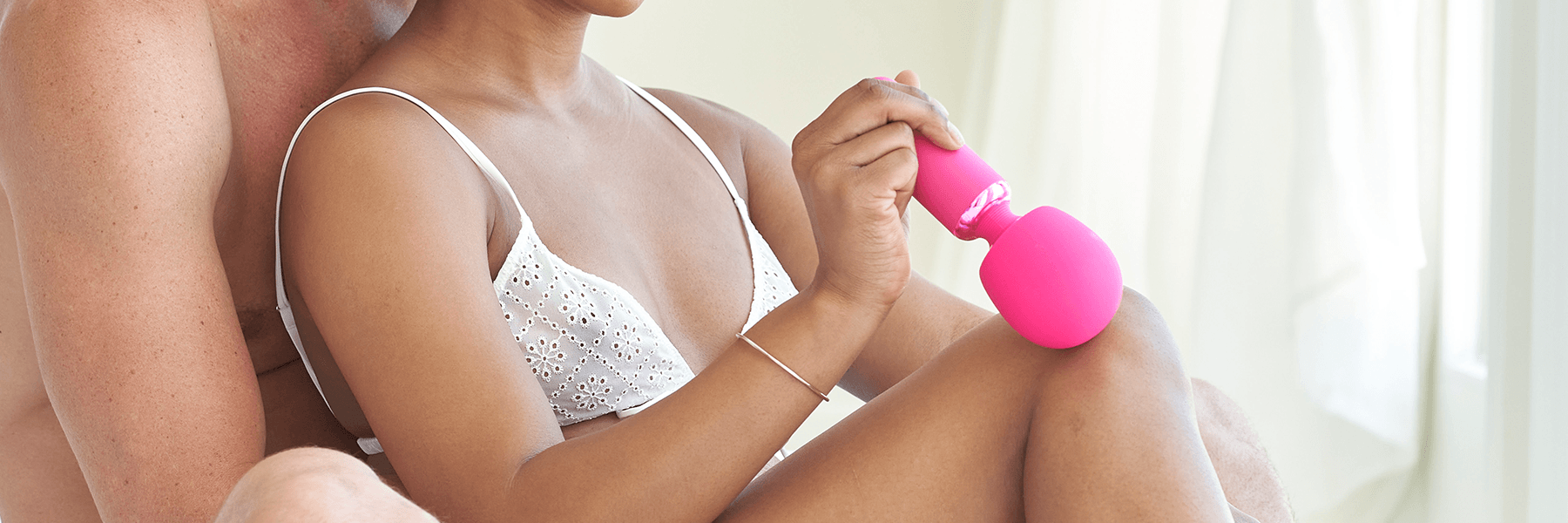Historians have discovered several ancient tools over the years, but one you probably didn’t learn about in school is the prehistoric vibrator.
If you want proof that your ancient ancestors were just as interested in sex as you are, you can find it in the ancient origins of the personal vibrator. Archaeologists have found evidence of dildos carved out of chalk that date as far back as 28,000 years BCE! More recently, a woman in Nantucket discovered a 120-year-old dildo hidden in the chimney of her historic home.
As to who invented the female vibrator, that's a long story. Many myths and legends surround the origins of the personal vibrator, dating as far back as Ancient Egypt.
Some of these myths hold up better than others when scrutinized, but one thing is clear: as long as there have been humans on the planet, they've been trying to find ways to enhance sexual pleasure.
The Ancient Origins of the Vibrator
One of the most popular myths concerning the origin of the vibrator is that Cleopatra invented it in Ancient Egyptian times.
According to this story, Cleopatra had her servants clear out a gourd and then fill it with bees (!!!). She used the buzzing and vibration to stimulate orgasms.
Most historians agree that this story is an urban legend. However, one common practice in Ancient Egypt makes for almost as good of a story.
Prior to Ancient Egyptian times, sexual devices like dildos had to be carved from stone, wood, or — if you had a lot of money — gold. But as camels gained widespread popularity in Ancient Egypt, so, too, did a new material: camel dung.
Because the dung was malleable, like clay, it could be shaped into any device someone wanted. This allowed the Ancient Egyptians to be much more creative with their sex toys than any previous civilization. Once shaped, the dung was coated in a hardened resin so that it would hold its shape.
Still, talk about your “dirty” play!
The Vibrator and Medieval Times
In medieval times, churches vilified sex, especially masturbation, but that doesn’t mean that women weren’t still pleasuring themselves. Recorded history from this era mentions clergy members being very concerned with women using detachable devices to pleasure themselves. Masturbation was considered a vice, and penance was prescribed accordingly.
Medieval sex toys were more for women than for men: they were generally made for women by women.
Leather was one of the most popular materials to use when constructing dildos and strap-on devices. The leather would be stuffed with a mixture of wood for firmness and cotton for comfort.
Who Invented the Vibrator?

Credit is given to a doctor named George Taylor for inventing the first “real” vibrator during the 1860s. Early Victorian vibrators were both more extensive and louder than today’s vibrators. They were often hand-cranked, and some were even steam-powered.
However, far from being marketed as sexual devices, these early vibrators were marketed as massage instruments. In fact, by the time hand-cranked and steam-powered vibrators gave way to electric vibrators, advertisers claimed that the devices could help with insomnia, stress, constipation, gout, consumption, and even medical problems in children.
Vibrators could be prescribed to just about anyone for anything.
Hysteria and the Electric Vibrator
In the late 19th and early 20th centuries, the term “hysteria” was used diagnostically to identify a host of medical conditions that affected women during that time.
Hysteria could be used to describe a vast range of conditions, including migraines, depression, and nervous breakdowns. The term “hysterectomy” actually derives from the word “hysteria” and has initially been one treatment doctors used for hysteria.
Read: Can Orgasms help you with Migraines?
One popular myth surrounding early electric vibrators is that doctors used them to bring female patients to orgasm as a treatment for hysteria. Books and movies have been created to support this myth, but there’s little historical evidence to suggest that this was the case.
Doctors did use electrical vibrators on their female patients to treat hysteria. Still, evidence suggests that they used the vibrators in the way that marketers were suggesting — as massage devices on the patients’ necks and backs.
The Role of the Vibrator in the 20th Century

People realized that electric vibrators weren’t the cure-alls that they had been marketed as during the early 20th Century. Doctors stopped buying them, and manufacturers had to find new clients for their vibrators.
In 1903, the Hygeia Sexual Appliance was released. This vibrating device was advertised to both men and women and is one of the first times that vibrators were explicitly connected with sexual gratification.
Given that advertising sexual devices was considered to be obscene for much of the 20th Century, companies had to be stealthy. First, they advertised vibrators as personal massage devices, and many believed that they were used by women who had nothing better to do during the day.
As time went on, the advertisements became more and more sexual in nature, hinting that the vibrators could be used to massage something other than the back or neck. Purely sexual vibrators started being expected in the 1950s and 1960s, although the stigma surrounding vibrator advertising remained.
The Role of the Vibrator in the 21st Century

By the 21st Century, vibrators had become synonymous with sexual pleasure, and here at JIMMYJANE, sexual wellness is our top priority, regardless of identity. Our mission is to help you express yourself sexually and enhance your sexual wellness routine through our luxury sex products. Please take a look around and see what we have to offer. You won't regret investing in your pleasure.
Today's vibrators — manufactured with silicone designed with comfort in mind — are much more comfortable than their ancient predecessors. Far from the "one vibrator cures all" model of the early 20th Century, today's vibrators are all about honing in on the user's specific needs.
Visit: Sexual Wellness Products
For example, vibrating love pods can stimulate the entirety of the clitoris, while a G-Rabbit is used to pleasure the clitoris and the G-spot simultaneously. Vibrating wands are designed with versatility in mind, allowing you to reach any area that gives you pleasure at the moment.
The sheer range of sexual pleasure devices is really what sets 21st-century vibrators apart from the vibrators of the 20th Century.
Covid-19 and the Increased Popularity of the Vibrator

Covid-19 has had a significant impact on every aspect of 21st-century life, and sexuality wasn't immune.
The global pandemic has forced people to spend a lot more time in their homes than they would have otherwise. This can be especially hard for single people, who may not be able to date like they used to. It can also be hard for couples who spend every waking moment with the same person.
Take a look - Most Popular Sex Toys During Quarantine
Add the boredom of not leaving your house into the mix, and it's no wonder that people are turning more and more to sex toys as a means to spice up their sex lives and bring fresh excitement into their homes — like Fetish Sets.
Although there are no exact statistics on vibrator sales nationally or globally, many brands report that sex toys sales have doubled or even tripled since the start of the pandemic.
Sex and masturbation provide a way to fill extra time and release endorphins, helping us stave off depression and boredom while we wait (and wait) for the coronavirus pandemic to pass.
Join the Ancient Tradition of Supporting Your Sexual Health
We've come a long way from believing that vibrators cure hysteria!
But no matter how much time has passed, one constant has remained: supporting sexual health is essential. The vibrator's long history means that developers have had plenty of time to get vibrators just right.
So go ahead: join the ancient tradition of having your vibrator today!
References
The sex toys dating back 28,000 years: Ancient phalluses made from stone and dried camel dung started trend for sex aids. (January 2015). Daily Mail.
He’s-A-Home. (October 2015). The Common.
A Brief History of the Vibrator. (April 2017). Elle.
Masturbation: Vice or Virtue? (July 1977). Journal of Religion and Health.
250-year-old sex toy found in 18th-century Polish toilet. (April 2015). United Press International.
“Hysteria” and the Strange History of Vibrators. (March 2013). Psychology Today.
Victoria-Era Orgasms and the Crisis of Peer Review. (September 2018). The Atlantic.
The vibrator: from medical tool to revolutionary sex toy. (November 2018). BBC.
Sex Toy Sales are Buzzing with Social Distancing from Covid-19 Coronavirus. (April 2020). Forbes.
 Vibrators
Vibrators Toys for Women
Toys for Women Toys for Men
Toys for Men Couples & Partners
Couples & Partners



Share
Love Me Like You Do: Learn Your Partner's Relationship Attachment Style
The Benefits of Prostate Massage and How to Have a Prostate Orgasm